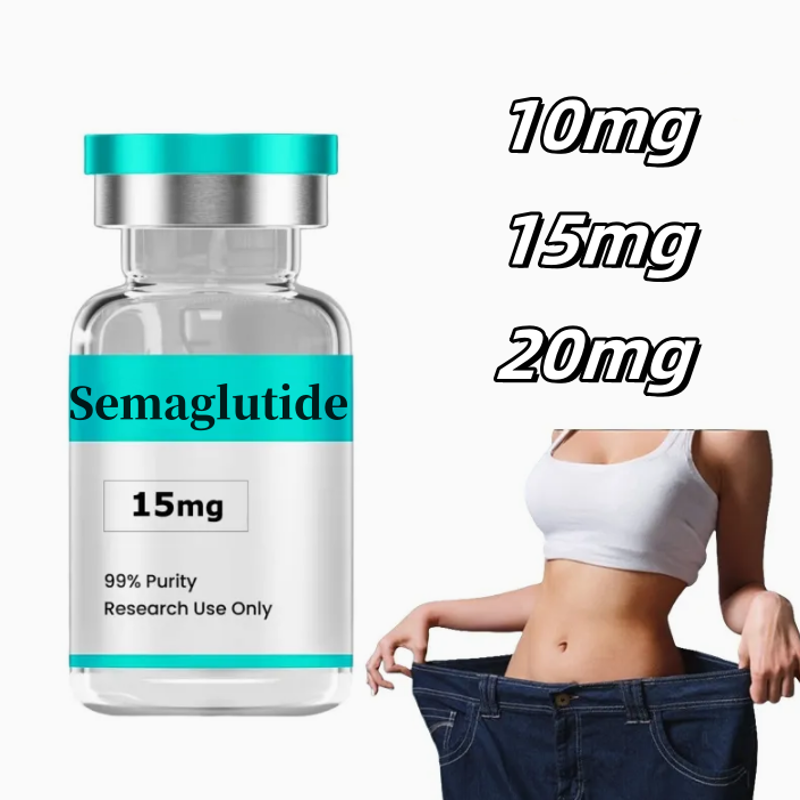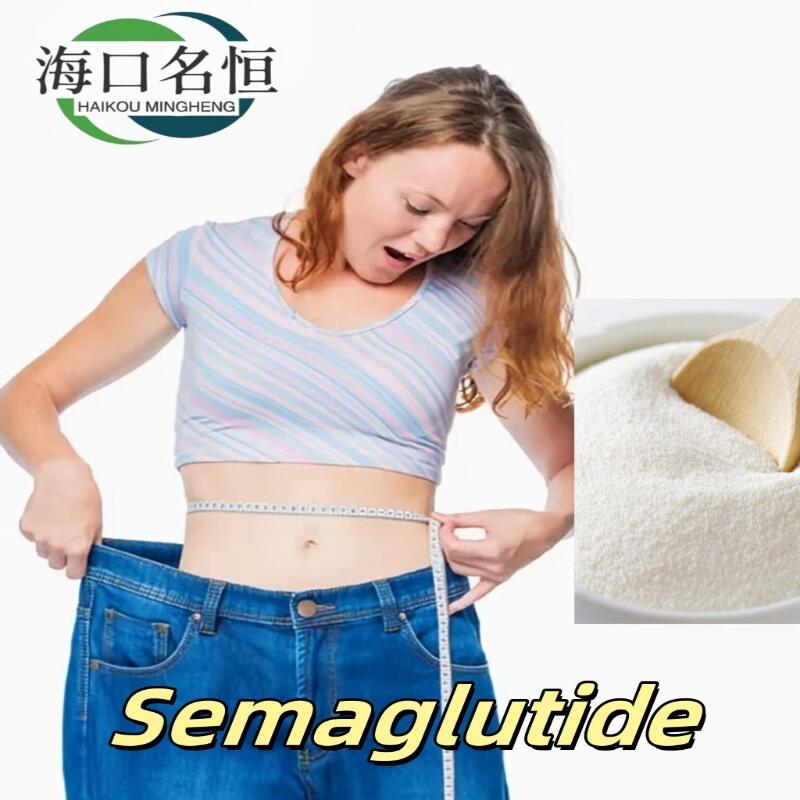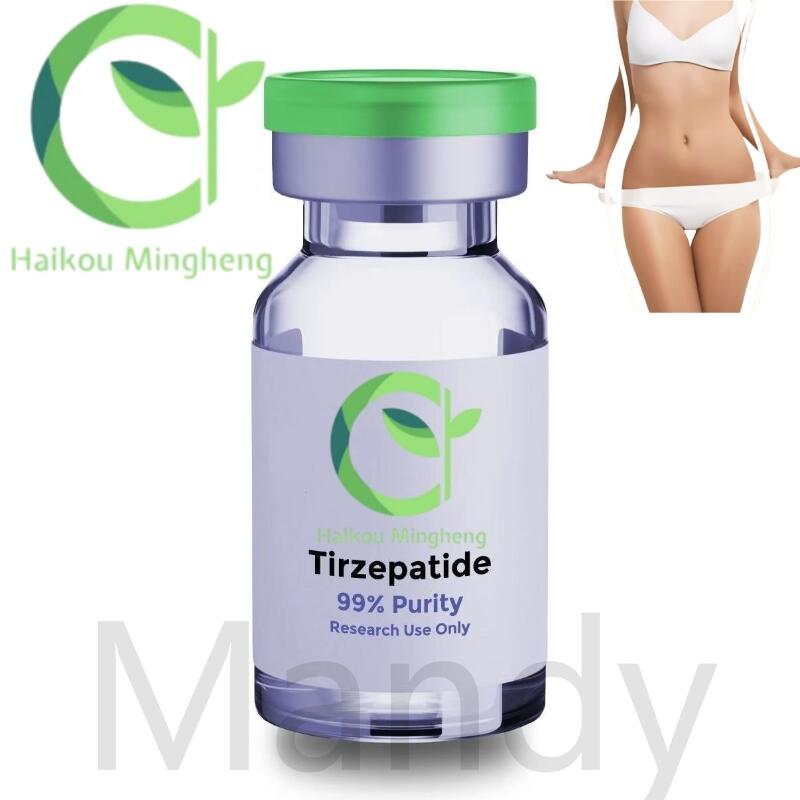-
Categories
-
Pharmaceutical Intermediates
-
Active Pharmaceutical Ingredients
-
Food Additives
- Industrial Coatings
- Agrochemicals
- Dyes and Pigments
- Surfactant
- Flavors and Fragrances
- Chemical Reagents
- Catalyst and Auxiliary
- Natural Products
- Inorganic Chemistry
-
Organic Chemistry
-
Biochemical Engineering
- Analytical Chemistry
-
Cosmetic Ingredient
- Water Treatment Chemical
-
Pharmaceutical Intermediates
Promotion
ECHEMI Mall
Wholesale
Weekly Price
Exhibition
News
-
Trade Service
Introduction
Degarelix acetate is a synthetic hormone that is used in the treatment of prostate cancer.
It is also known by its chemical name, degarelix, and is a type of medication known as a Gonadotropin-Releasing Hormone (GnRH) agonist.
GnRH agonists work by decreasing the levels of luteinizing hormone (LH) and follicle-stimulating hormone (FSH) in the body, which in turn reduces the production of testosterone in men with prostate cancer.
Chemical Synthesis of Degarelix Acetate
The synthesis of degarelix acetate involves a series of chemical reactions that convert a starting material into the final product.
The synthesis of degarelix acetate typically involves a series of steps that include the following:
- Synthesis of the precursor: The synthesis of the precursor compound is the first step in the synthesis of degarelix acetate.
This precursor compound is typically synthesized through a series of chemical reactions that involve the manipulation of chemical bonds and functional groups. - Protection of functional groups: In order to protect the functional groups in the precursor compound during the subsequent steps of synthesis, protecting groups may be added to the molecule.
These groups protect the functional groups from being chemically modified during the synthesis process. - Deprotection and modification: After the protecting groups have been added, the precursor compound is typically modified through a series of chemical reactions that involve the addition or removal of chemical groups.
- Purification: The final step in the synthesis of degarelix acetate typically involves purifying the synthesized compound to remove any impurities that may have been introduced during the synthesis process.
Applications of Degarelix Acetate in Chemical Industry
Degarelix acetate is primarily used in the treatment of prostate cancer, but it has also been studied for potential use in other medical conditions.
In addition, degarelix acetate has been studied for its potential use as a chemical reagent in organic synthesis.
- Treatment of prostate cancer: Degarelix acetate is used in the treatment of prostate cancer because it decreases the levels of LH and FSH in the body, which in turn reduces the production of testosterone in men with prostate cancer.
This reduction in testosterone levels can help to slow the growth and progression of prostate cancer. - Potential use in other medical conditions: Degarelix acetate has also been studied for its potential use in the treatment of other medical conditions, such as breast cancer, gynecological cancers, and other hormone-dependent tumors.
- Use as a chemical reagent in organic synthesis: Degarelix acetate has also been studied for its potential use as a chemical reagent in organic synthesis.
It has been used as a building block in the synthesis of complex organic molecules, and has also been used as a reagent in the modification ofproteins, peptides, and small molecules.
Conclusion
Degarelix acetate is a synthetic hormone that is primarily used in the treatment of prostate cancer.
It is a type of medication known as a Gonadotropin-Releasing Hormone (GnRH) agonist, which decreases the levels of luteinizing hormone (LH) and follicle-stimulating hormone (FSH) in the body, which in turn reduces the production of testosterone in men with prostate cancer.
The synthesis of degarelix acetate involves a series of chemical reactions that convert a starting material into the final product.
Degarelix acetate has also been studied for its potential use in other medical conditions and as a chemical







